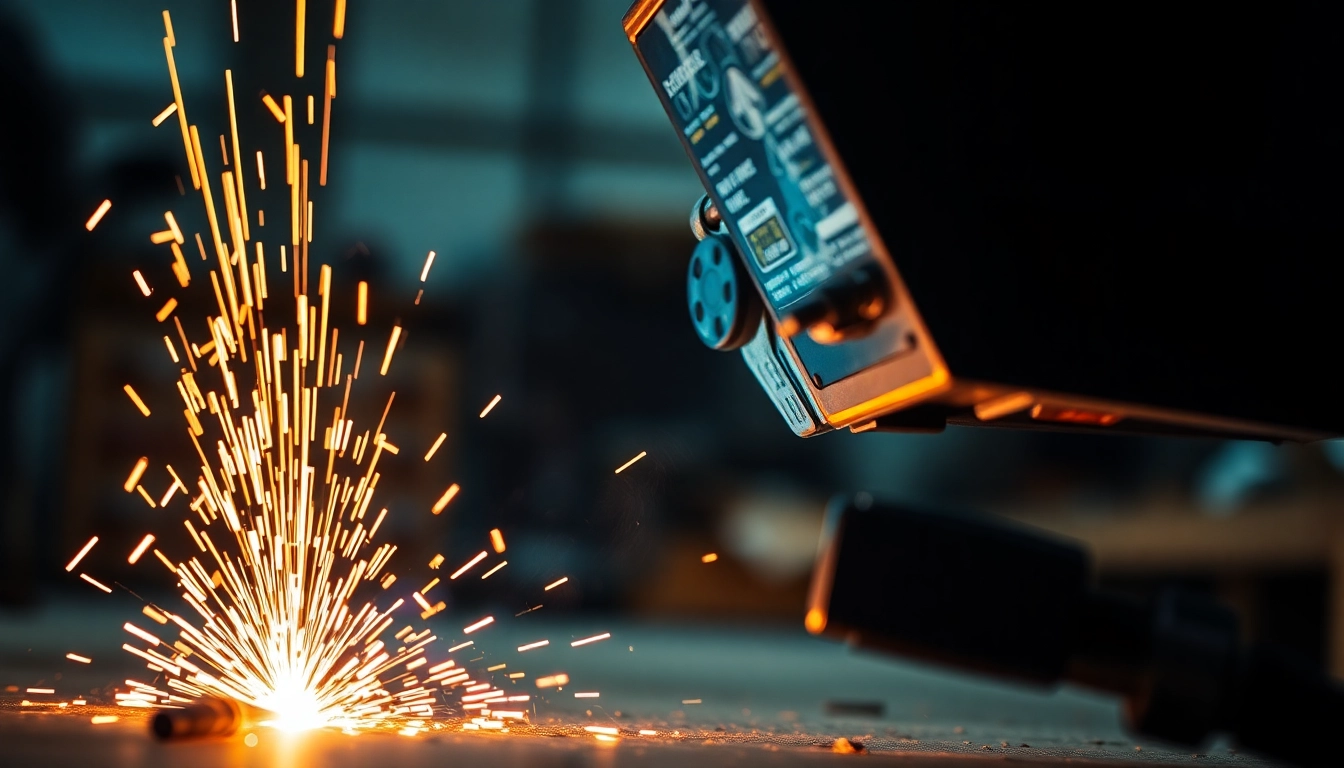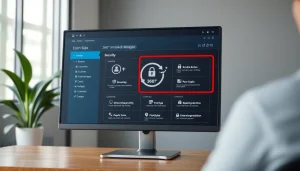Top AC DC TIG Welders for Professional and Home Use: Comprehensive Reviews
Understanding AC DC TIG Welders
What is an AC DC TIG Welder?
An AC DC TIG welder is an advanced type of welding machine used primarily for precise welding tasks on a variety of metals. TIG, which stands for Tungsten Inert Gas, is favored for its ability to produce clean, high-quality welds. Unlike traditional welding processes, TIG welding involves the use of a non-consumable tungsten electrode that forms an arc between the electrode and the workpiece. This method can be performed using either alternating current (AC) or direct current (DC), providing flexibility in tackling different types of materials.
AC welders are particularly effective for welding aluminum and magnesium, allowing for better control over the heat input and reducing the risk of warping. On the other hand, DC welders are utilized for metals such as steel and stainless steel, offering a more stable arc and cleaner finish. Many modern TIG welders combine both AC and DC capabilities, catering to various welding applications and making them highly versatile tools.
Key Features to Look For
When selecting an ac dc tig welder, there are several essential features to consider:
- Variable Output Control: The welder should allow for precise amperage adjustments to suit different materials and thicknesses.
- High-Frequency Start: This feature helps in stabilizing the arc and allows the arc to start without direct contact with the workpiece, ideal for delicate materials.
- Foot Pedal Control: For more hands-free operation, a foot pedal offers better control over the heat input during the welding process.
- Duty Cycle: A higher duty cycle indicates that the welder can operate for longer periods without overheating, which is important for larger projects.
- Portability: Depending on your work environments, a lightweight and portable welder could be a crucial factor.
- Digital Displays: These provide clear readouts for temperature and voltage, helping to monitor and adjust settings efficiently.
Benefits of Using an AC DC TIG Welder
The choice of an AC DC TIG welder comes with several benefits:
- Versatility: They can tackle a wide range of materials including aluminum, steel, and stainless steel, making them suitable for various projects.
- Precision Welding: Producing minimal spatter and high-quality finishes, AC/DC TIG welders are ideal for intricate and critical welds.
- Control Over Heat Input: The ability to switch between AC and DC allows welders to adjust the heat as needed, optimizing the welding process.
- Weld Quality: Produces stronger and more aesthetic weld seams compared to other methods like MIG welding.
- Low Heat Affected Zone: Ideal for thin materials as it minimizes distortion.
How to Choose the Right AC DC TIG Welder
Assessing Your Welding Needs
To choose the right AC DC TIG welder, it is crucial to assess your specific needs:
- Type of Materials: Analyze the types of metals you will be working with. If your work involves primarily aluminum, an AC capability is essential.
- Welding Thickness: For thicker materials, look for models that provide higher amperage outputs.
- Portability vs. Stationary Use: Consider whether you’ll be moving the welder frequently or using it in a fixed location. This will influence weight and form factor choices.
Budget Considerations
Welders come in a range of prices, so it’s essential to set a budget at the start:
- Entry-level models typically range from $300 to $600, suitable for hobbyists or light professional use.
- Mid-range machines efficiently serve small workshops and craftsman tasks, often priced between $600 and $1200.
- High-end systems cater to professional environments, and can exceed $1200, but they come with enhanced features and durability.
Expert Recommendations
Consulting online reviews and expert forums can provide valuable insights into which models stand out:
- Everlast PowerTIG Series: Well-regarded for their performance and affordability.
- Lincoln Electric’s Aspect 230: Praised for its reliability in commercial applications.
- Hobart’s EZ-TIG: Known for being user-friendly, making it a great option for beginners.
Best AC DC TIG Welder Models Reviewed
Comparison of Top Brands
When choosing a brand, consider factors such as customer service, warranty, and model popularity:
| Brand | Model | Amperage Range | Weight | Price |
|---|---|---|---|---|
| Everlast | PowerTIG 200DV | 10-200A | 40 lbs | $699 |
| Lincoln Electric | Aspect 230 | 10-230A | 65 lbs | $1,250 |
| Miller | Multimatic 215 | 30-230A | 50 lbs | $1,200 |
In-depth Model Reviews
Here are in-depth reviews of some top-rated models:
1. Everlast PowerTIG 200DV
This versatile welder is perfect for both beginners and experts. It offers an amperage range of 10-200A, making it suitable for various thicknesses of metal. The lightweight design means it can easily be moved between job sites.
2. Lincoln Electric Aspect 230
Highly regarded in industrial settings, the Aspect 230 shines with features designed for professional welders. Its high duty cycle ensures continuous operation, and the advanced technology provides exceptional control over welding quality.
3. Miller Multimatic 215
This multipurpose welder allows users to easily switch between MIG and TIG welding, making it a favorite for those needing flexibility. The digital interface provides clear instructions, helping beginners to get started.
User Experience and Ratings
User reviews are vital for gauging the reliability and performance of welders:
- Everlast models often receive praise for their functionality at competitive prices.
- Lincoln Electric welders are frequently noted for their durability, making them a go-to for professionals.
- Miller’s products are lauded for advanced technology that simplifies the welding process.
Tips for Using Your AC DC TIG Welder
Setting Up Your Welding Environment
Creating an effective workspace is essential for optimal welding results. Consider these elements:
- Lighting: Ensure your workspace is brightly lit to see your weld joint clearly.
- Ventilation: Proper airflow prevents harmful fumes from accumulating and enhances safety.
- Surface Preparation: Clean and secure the metal surfaces to ensure strong welds.
Safety Precautions When Welding
Welding can be hazardous, so always follow safety protocols:
- Protective Gear: Use welding helmets, gloves, and clothing that can withstand sparks and heat.
- Fire Safety: Keep a fire extinguisher nearby and ensure the workspace is free from flammable materials.
- Electrical Safety: Regularly check cables and connections for damage to avoid shock hazards.
Maintenance and Care for Longevity
To ensure your AC DC TIG welder remains in good condition:
- Regularly inspect the power cords and connections for wear and tear.
- Clean the welding machine after use to remove metal debris and contaminants.
- Follow manufacturer instructions for routine maintenance schedules and part replacements.
Frequently Asked Questions About AC DC TIG Welders
Is AC or DC better for welding?
The choice between AC and DC depends on the materials you are working with. Generally, DC is better for welding steel and stainless steel, while AC is preferred for aluminum due to its ability to produce cleaner welds.
Can beginners use AC DC TIG welders?
Yes, many models are designed with user-friendly features such as digital displays and adjustable settings, making them suitable for beginners. Those starting should look for welders with good reviews for ease of use.
Common issues and troubleshooting
Common problems with AC DC TIG welders include:
- Inconsistent Arc: Often caused by poor tungsten preparation or incorrect gas flow.
- Excessive Spatter: Usually a result of incorrect settings or contaminated materials.
- Overheating: Ensure the welder’s duty cycle isn’t exceeded and check for proper ventilation.














Post Comment